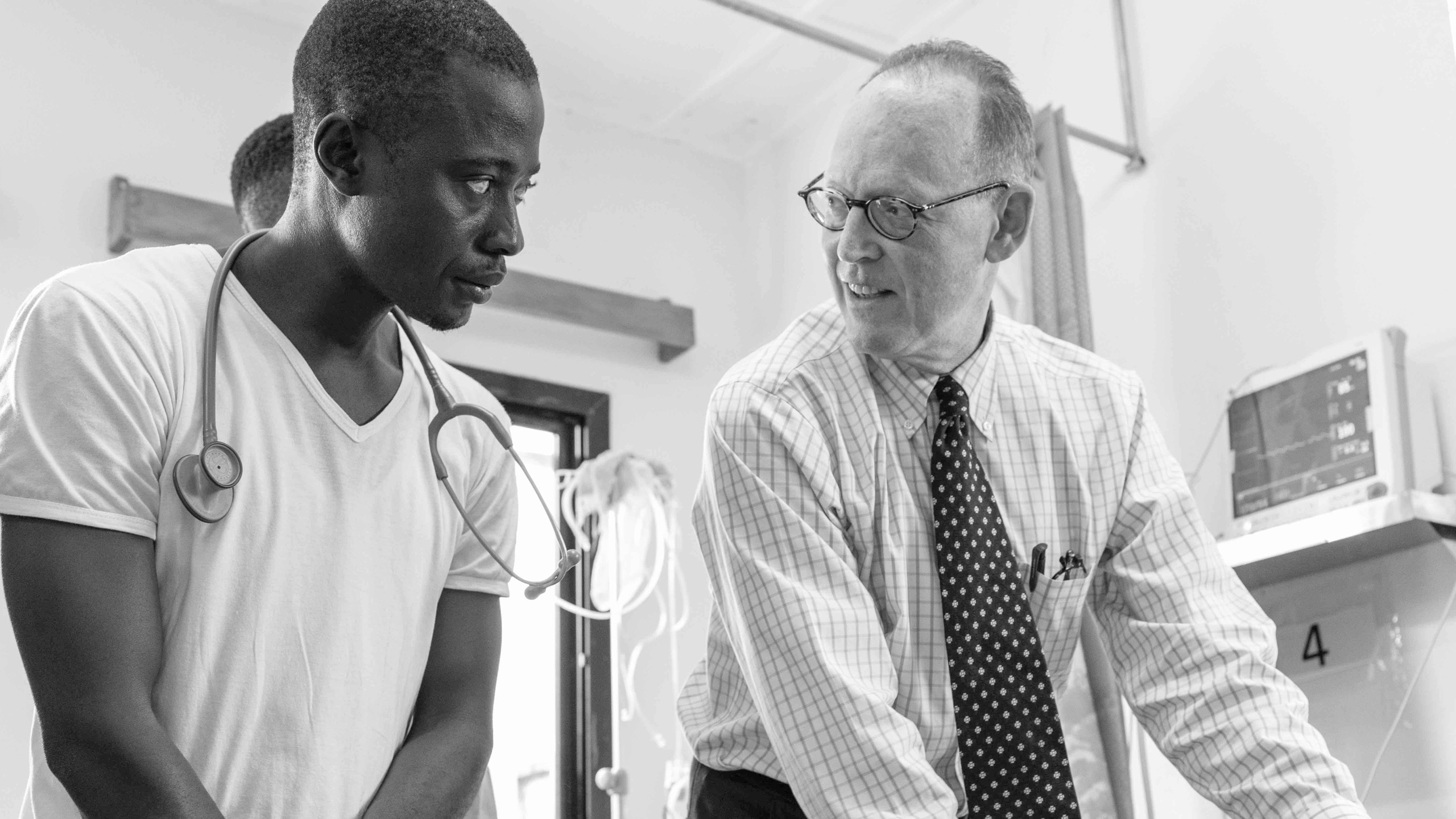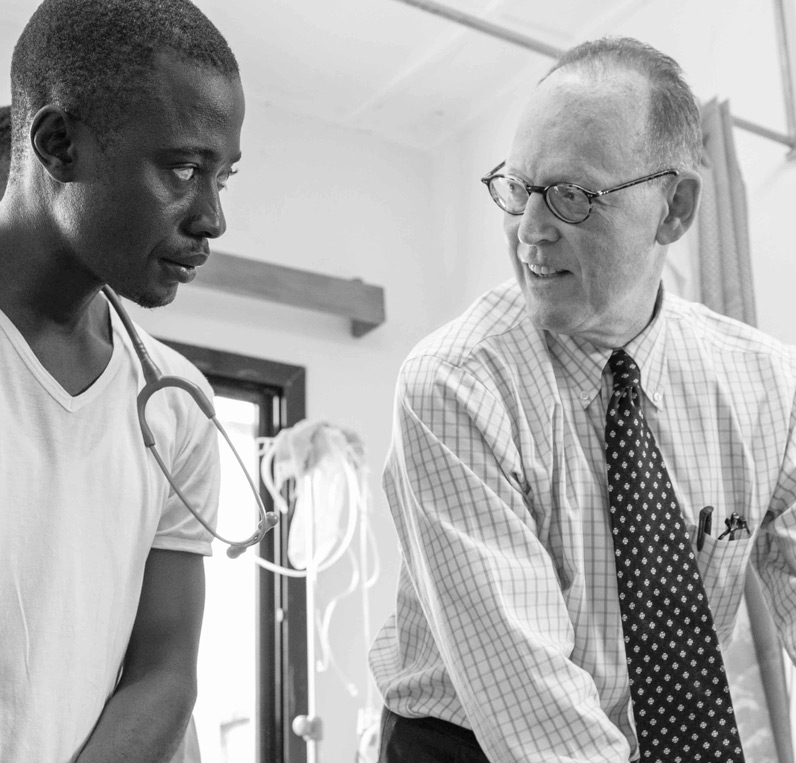The Financing Solution
There are two ways to mobilize these resources in the near future:
- Increase the amount of resources for health systems flowing into countries
- Grow the domestic tax base of poor countries so they can finance health systems into themselves
The resolution proposes to achieve these objectives, respectively, by increasing the amount of quality of global health funding and implementing global economic reforms.
Increasing global health aid
U.S. global health aid has stagnated. The resolution states, "regular annual United States appropriations for global health increased by merely 10.6 percent to $11,300,000,000 since 2010, and have been outpaced by both inflation and the United States economic growth."
Contrary to population belief, we have room to significantly increase development spending.
As the resolution states, "Relative to the size of the United States economy, the United States official overseas development spending is low at 0.17 percent of gross national income (GNI) in 2020, placing the United States 24th out of the 29 country members of the Organization for Economic Cooperation and Development's Development Assistance Committee, and meeting just one-fourth of the United Nations official development assistance target of 0.7 percent GNI." Six other countries have met this goal previously.
The resolution proposes increasing global health spending from $11.4 to $125 billion annually by meeting a long-standing UN aid target, the U.S., by itself, could meet around 30% of the global financing gap for essential universal health coverage in low- and lower-middle income countries.
Improving aid efficiency
If our goal is to build strong health systems capable of ending preventable deaths and stopping pandemics, we should be directly funding those health systems.
The resolution argues we should reform global health delivery spending to make sure it funds public institutions in alignment with national health plans, not private contractors in the development industry. We should fund areas seldom funded in global health, like the creation of hospitals and clinics, new medical and nursing schools, and the payment of existing clinicians.
Finally, the resolution also points out that medical technologies for diseases of poverty are rarely researcher; and medical technologies are also priced out of reach for the global poor. One use of the $125 billion in spending should also be to fund an ambitious R&D program that results in new technologies available as global public goods-- not kept away form the global poor behind patents, trade secrets, and market forces.
Ending economic exploitation of developing countries
The fundamental question of the resolution is: why don't poor countries have the resources to provide universal health care?
The resolution points out that the current global economic architecture siphons resources form poor countries to rich countries. And that this is by design, from the colonial period to today's governance structure of the World Trade Organization, International Monetary Fund, and World Bank.
Still today, poor countries develop rich countries, rather than the other way around. Research from Global Financial Integrity estimates that an upwards of $2 trillion more flows out of poor countries them into them each year. That's over ten times the entire global aid budget.
The resolution argues that the global economic harms being done to poor countries today amount to many times the $350 billion cost of essential universal health coverage.
In an era of stagnation, action on global economic justice is a smart and just way to support health systems strengthening and pandemic preparedness.
For instance, capital flight from developing countries costs them an upwards of $1.7 trillion each year. Most of this capital flight is made up of illegal financial flows and equates to around 5 times the cost of essential universal health care. Furthermore, the imposition and maintenance of unjust external debts and the resulting compound interest, meant that for 2021 developing countries had a debt service obligation of $356 billion on public and publicly guaranteed debt.
The resolution argues that if U.S. policy is to care about ensuring poor countries build strong health systems, it must also aim to stop the economic harm being done to these poor countries, which prevents them from mobilizing the domestic resources for health spending in the first place.
The resolution lays out a variety of policy areas where the U.S. could use legal and diplomatic power to make the global economy more fair, just, and democratic.

